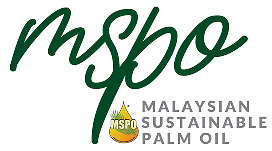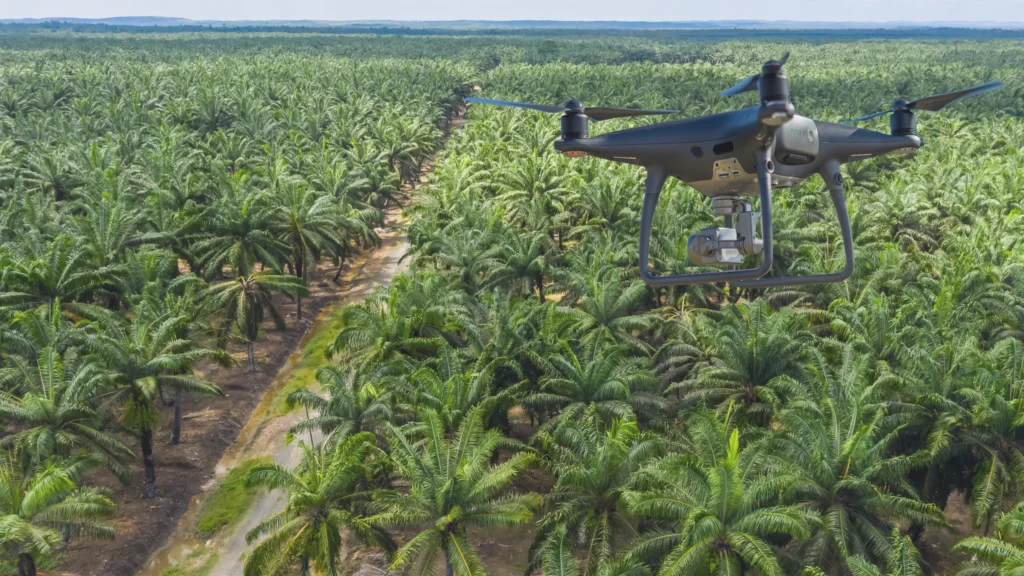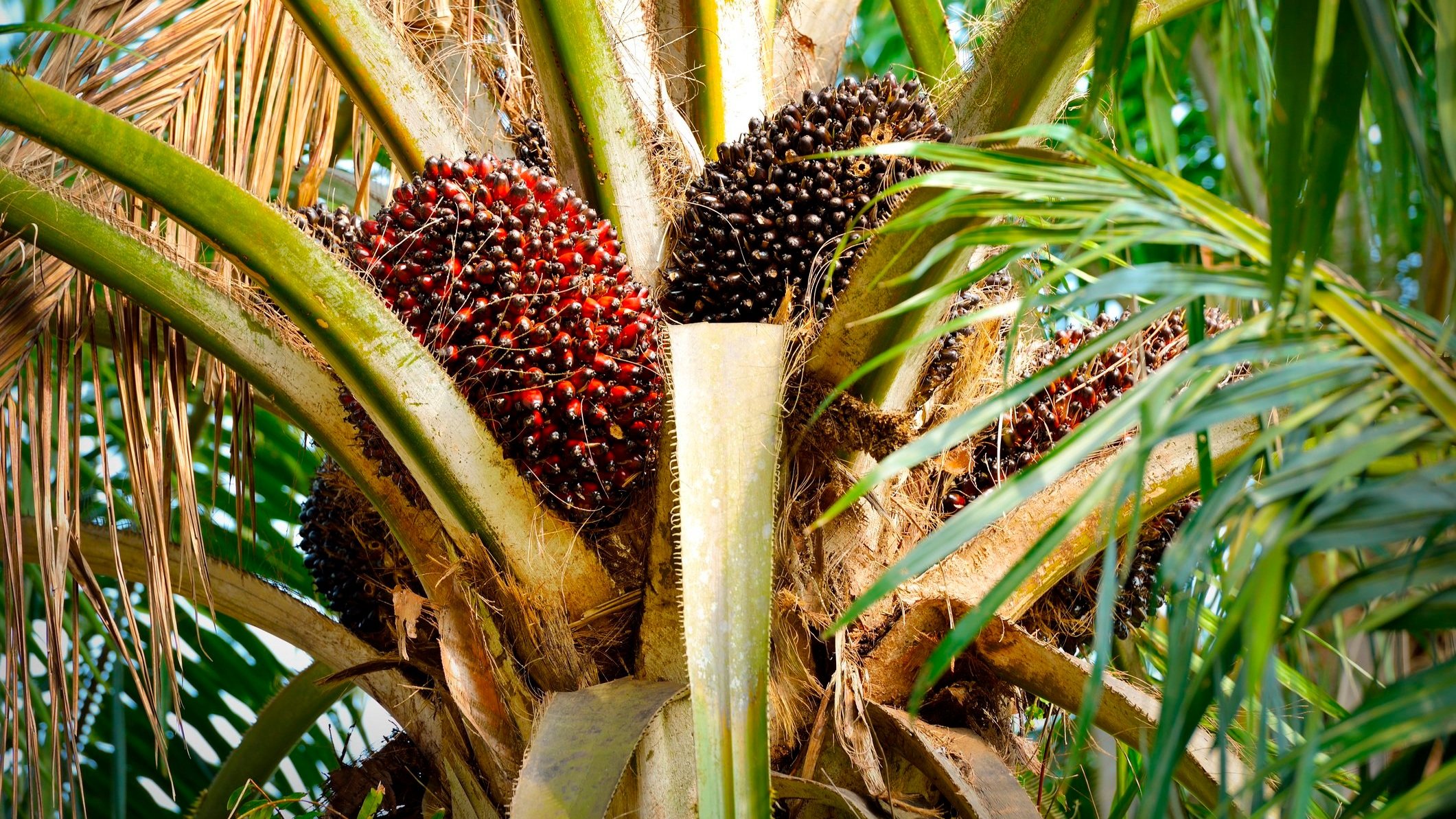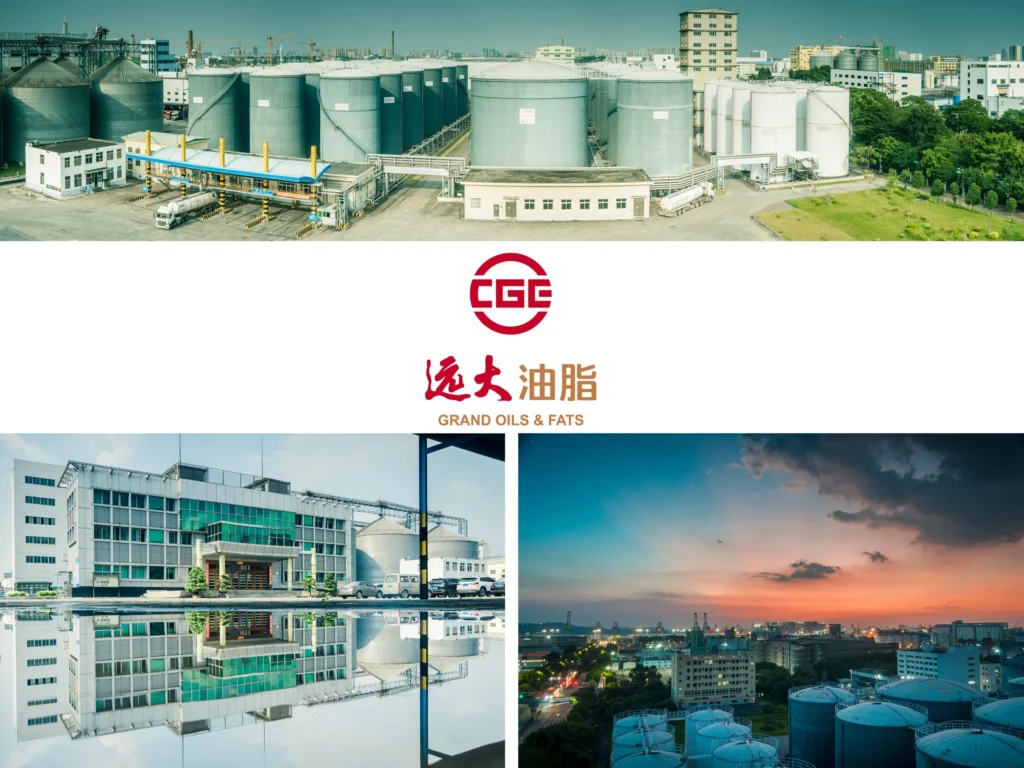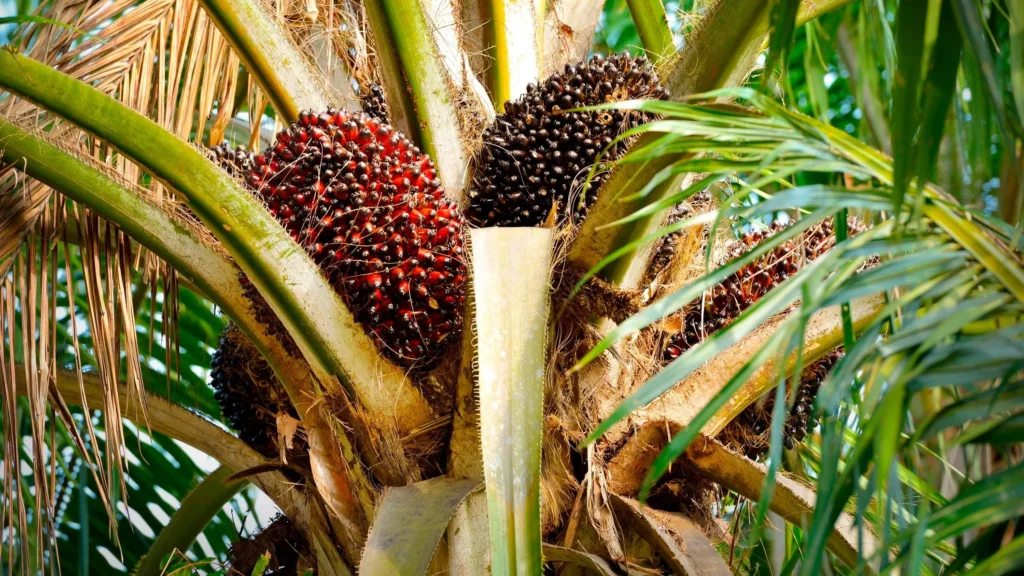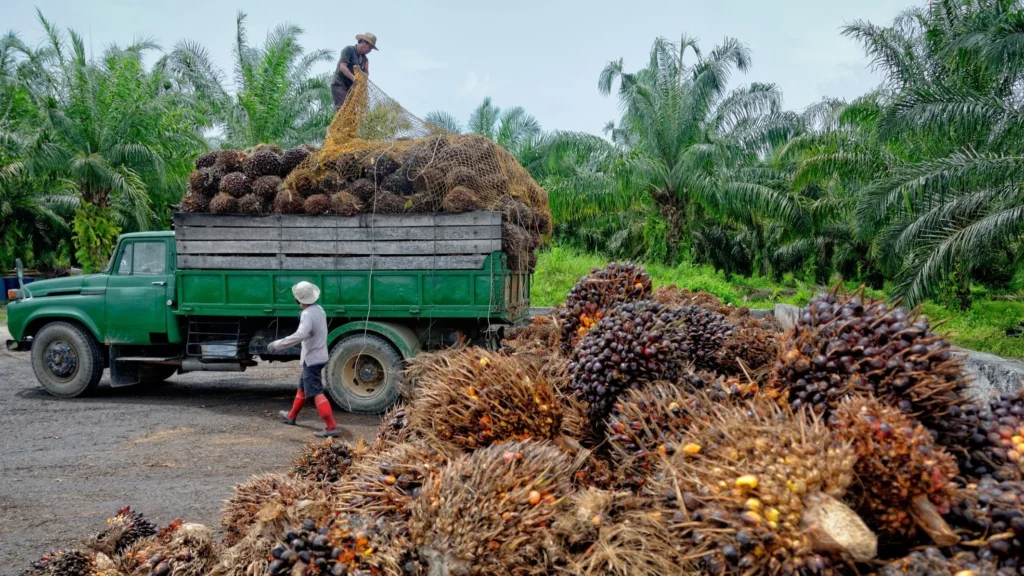Written by Kai Yuuen Tan, MPOCC
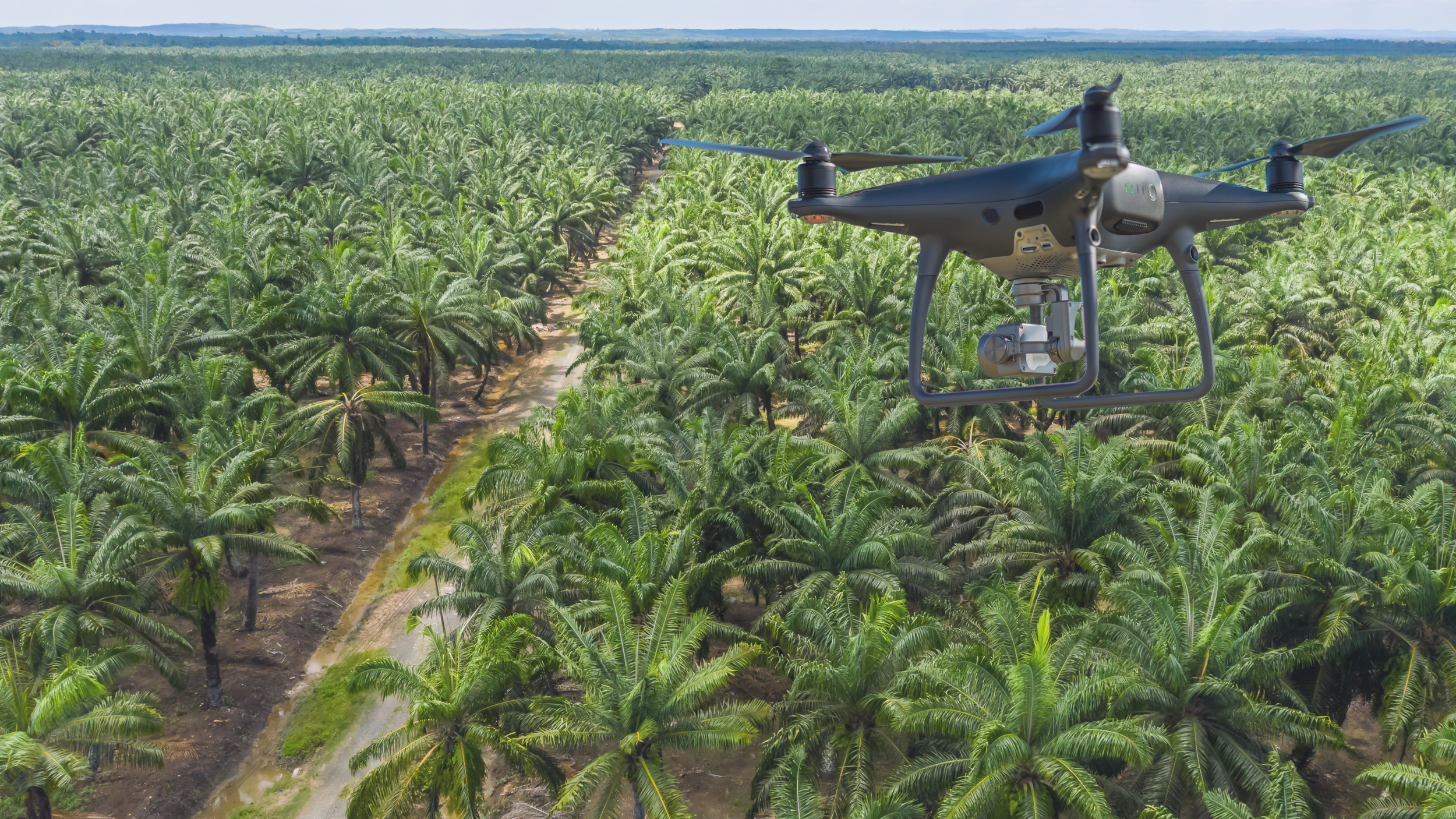
As climate change has become the focal subject at every country, it is the obligation of everyone to assist in the reversal of this phenomenon. Through the 2015 Paris climate agreement, nations globally including Malaysia pledged to limit global warming to less than 2°C compared to pre-industrial levels which referencing the period of 1850–1900. This will require massive cuts in greenhouse gas emissions.
Recently, focus have been given to technologies related to carbon dioxide removal. Currently, most of the oil mills in the palm oil industry in Malaysia is not foreign to Biogas plant which is a way to reduce greenhouse gases by converting methane gases to electricity or as fuel to boiler used for sterilisation. Another method known as Enhanced Weathering which usage seems apparently easy and perhaps affordable that can be easily adopted. The method is briefly described as using natural or artificially created minerals which is scattered on ground to absorb carbon dioxide through means of chemical reaction and in turn transformed into another type of substance with the presence of water. For more info on the above, kindly follow this link,
Urey Reaction
.
Most of the plantation in Malaysia regardless of types such as oil palm to cocoa or rubber does suffer from highly acidic soil due to fertilisation activity and spraying of pesticides, hence agriculture lime was used to increase the soil pH. Perhaps Enhanced Weathering can be adopted whereby material such as carbonate or silicate to be used to reduce soil pH and to sequester carbon dioxide in the form of solids. To ensure that it works as intended, it is best to consult the supplier on the application amount so that it does not cause soil alkalinity which will then affect the crops. With the ease of use, application can also be practiced by smallholders. Since large land tract of Malaysia consisted of plantations in Malaysia, implementation of this method will contribute to the sequestration of carbon dioxide by the agriculture sector.
The method also helps to prevent the loss of soil surface or erosion as a mulch in addition to preserving soil moisture. Since the method works like mulch, it is also a great alternative to be used on the bare soil surfaces below the assembled solar panels at solar farm. The bare soil surfaces at solar farm are devoid of sun light therefore not rendering any plants to grow. Since there are so many established solar farms within Malaysia and globally, therefore utilising this method, solar farms can be of an additional use as a sink for the storage of sequester carbon dioxide.
